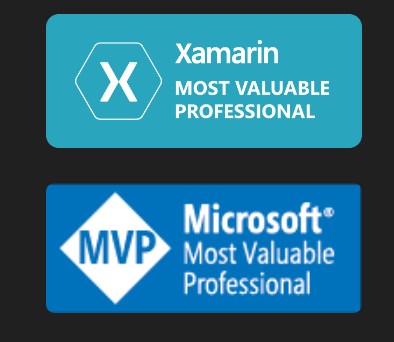Are we far enough along in the development of WYSIWYG tools, specifically both the  design surface in Visual Studio, and even more so, Expression Blend, that the right way to teach Silverlight and Windows Phone programming is without Xaml?
design surface in Visual Studio, and even more so, Expression Blend, that the right way to teach Silverlight and Windows Phone programming is without Xaml?
I hear your screams of protest already:
“That’s fine for some things but not for… “
What? What can’t you do in the UI designer?
“But… when you get in trouble you’ll need Xaml…”
This argument rings of the old standby “you can’t really program in foo unless you understand Assembler. When was the last time you needed assembler? Those days are over. Are the days of coding with underlying Xaml over?
Certainly at some point tools like Blend will create better Xaml than will be created by hand-coding, and with fewer errors. Are we there yet?
Obviously you want to go to Visual Studio for code, but that is not an alternative to Xaml. All I’m suggesting here is that new books and new tutorials on Silverlight or Windows Phone do not need to teach Xaml – that everything you can do in Xaml you can do as well or better in Blend (or using the Visual Studio design surface).


36 Responses to Silverlight Sans Xaml?